


Ingredients Servings: 10-12 3 quarts no-salt-added chicken broth, plus more as needed 2 bay leaves 10 to 12 crab legs or claws, optional 2 pounds andouille sausage or any smoked sausage, cut crosswise into 1/4-inch slices 2 pounds boneless, skinless chicken breasts (about 2 large), cut into 1-inch chunks 1 tablespoon garlic powder, or more to taste 2 teaspoons Creole seasoning, such as Tony Cachere’s, or more to taste 1 tablespoon hot sauce, such as Tabasco, or more to taste and for serving 1 cup all-purpose flour 1 cup canola oil, or any neutral oil 1 large yellow onion (about 10 ounces), cut into 1/4-inch dice (about 2 cups) 3 large celery ribs, cut into 1/4-inch dice (about 1 cup) 1 large green bell pepper, stemmed, seeded and cut into 1/4-inch dice (about 1 cup) 1 pound okra, sliced, defrosted if frozen 3 garlic cloves, minced or grated 1 (10 -ounce) can Rotel brand Tomatoes and Green Chiles, or any small diced tomatoes 2 pounds medium peeled/deveined tail-off shrimp (41 to 50 count), defrosted if frozen Cooked white rice, for serving 1/4 cup chopped curly or flat-leaf fresh parsley leaves or scallions, for serving Filé powder, optional, for serving (see headnote).
Directions Time: Active 3 hours 15 minutes | Total: 4 hours Step 1: In a large stock pot over medium-high heat, add the broth, bay leaves and crab, if using, and bring to a simmer. Decrease the heat to low to keep hot. Step 2: Set a paper towel-lined plate near the stove. In a large skillet over medium high heat, lightly fry the sausage until just browned, about 10 minutes. Transfer to the prepared plate. Remove the skillet from the heat, but do not clean. Step 3: In a medium bowl, toss the chicken pieces with the garlic powder, Creole seasoning and hot sauce. Return the skillet to medium-high heat, add the chicken pieces and cook through, about 8 minutes. Step 4: In a large, heavy-bottomed pot, such as a Dutch oven, over medium-high heat, add the oil and then gradually add the flour, stirring constantly with a wooden spoon, until you have a beige paste. Reduce the heat to medium and continue cooking and stirring constantly until the roux is dark chocolate-brown, about 30 minutes, adjusting the temperature up or down as needed. Step 5: (The timing here will vary depending on your stove as well as the pan you are using; the most important thing is to not let any portion of the roux scorch, and to stir constantly until you've reached the desired color. If it burns, throw it out and start over.) Step 6: Add the onions, celery and bell pepper to the darkened roux, stir until fully coated and cook until just softening, 5 to 7 minutes. Add in half the okra and the garlic and cook until the okra begins to soften 5 to 10 minutes, stirring as needed and lowering the heat if it begins to stick. (If the okra was frozen, it will probably soften more quickly.) Step 7: Increase the heat under the broth to high, add the roux and vegetables to the broth, bring to a boil and boil for about 5 minutes. Add the sausage and chicken with any accumulated juices, the remaining okra and the tomatoes and boil for another 5 minutes. Step 8: Reduce the heat to low, cover and let the gumbo simmer, at least 45 minutes and up to 2 hours. Step 9: Taste and adjust seasonings, adding more garlic powder, Creole seasoning or hot sauce as needed. If the gumbo is too thick, add more stock or water, 1/4 cup at a time until desired consistency. cooked through, 5 to 10 minutes. Step 10: About 10 minutes before serving, add the shrimp and cook until pink and cooked through, 5 to 10 minutes. Step 11: Scoop some rice into bowls and ladle the gumbo on top. Sprinkle with the parsley and serve with hot sauce and filé powder, if desired.
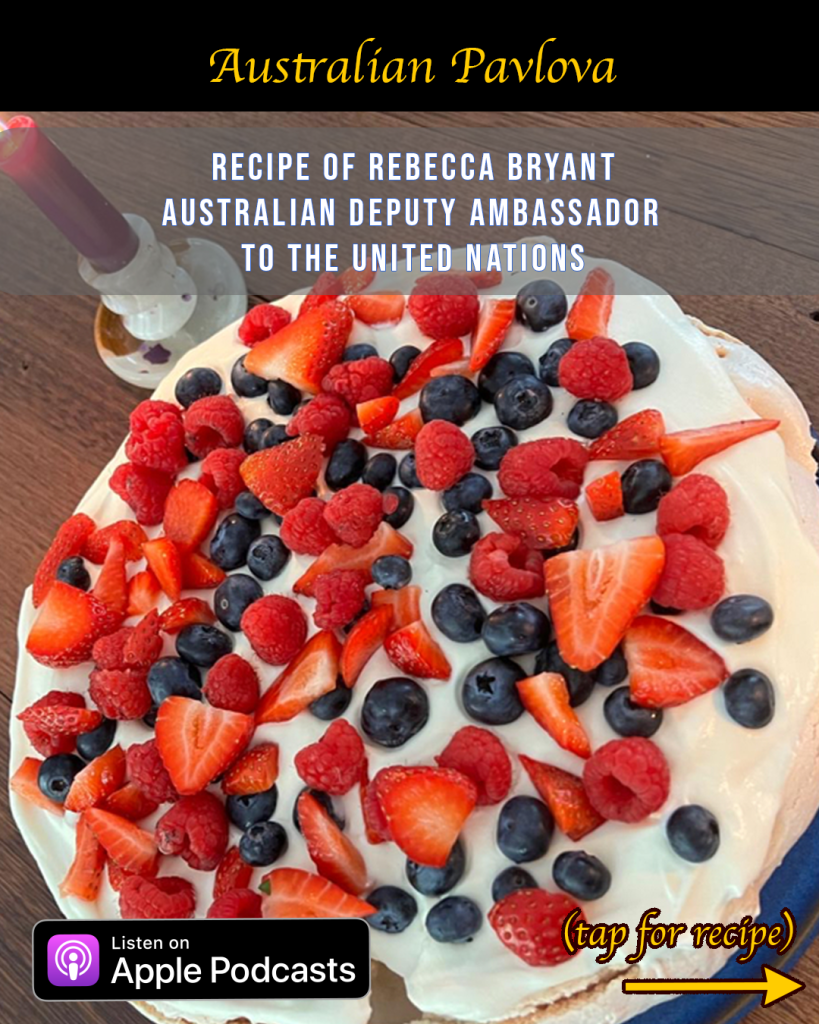

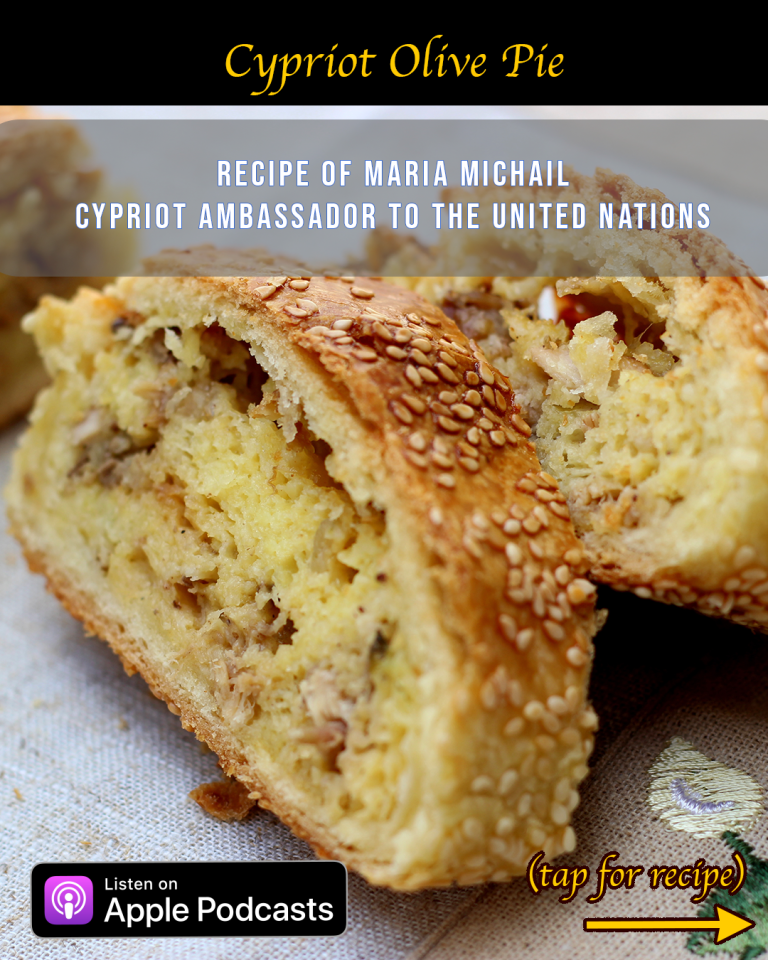
The ingredients are vegan, the recipe is simple, and the result is very delicious. Ingredients 4 cups bread flour 1 cup olive oil 1,5 cup orange juice 1,5 cup pitted black olives (Cyprus or Greek style) 10 spring onions 100 gr fresh coriander 2 tbsp dried spearmint 3tsp baking powder sesame seeds
Instructions Step 1 Add the flour to a big bowl and then the olive oil. Rub the flour and the olive oil together until it resembles fine breadcrumbs. Step 2 Add the baking powder and orange juice and mix all the ingredients to create a dough. Knead slightly (don't overwork the dough until everything is nicely mixed) and let the dough rest. Step 3 Add the olives, fresh coriander, fresh onions, and spearmint in a food processor. Blend everything to a smooth paste. Step 4 This quantity can make two big rolls or four small ones. Divide the dough into the quantity you desire. Step 5 Take the first piece of dough and, using a rolling pin, spread the dough into a rectangle. Try to spread it as thinly as possible Step 6 Take some of the olive paste and spread it on the rolled-out dough. Use just enough, so you have more for the other olive pies. Step 7 Tightly roll the dough, starting from the wider side Step 8 Sprinkle with sesame seeds. Step 9 Line a baking tray with parchment paper and bake the olive pie roll for 40 minutes or until nicely golden.
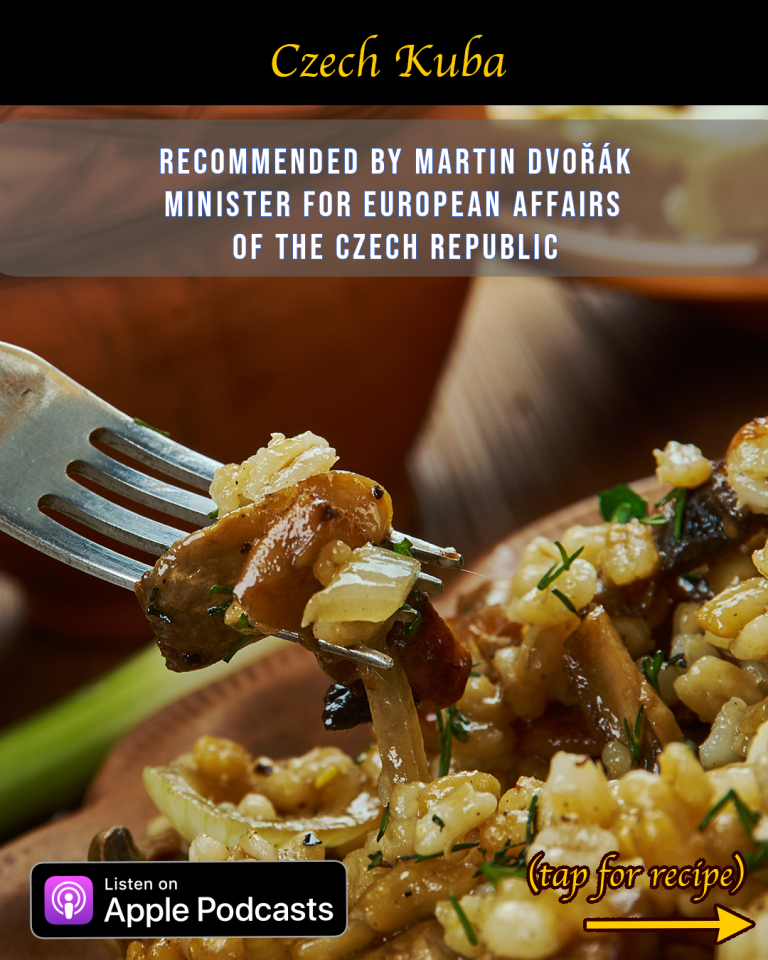

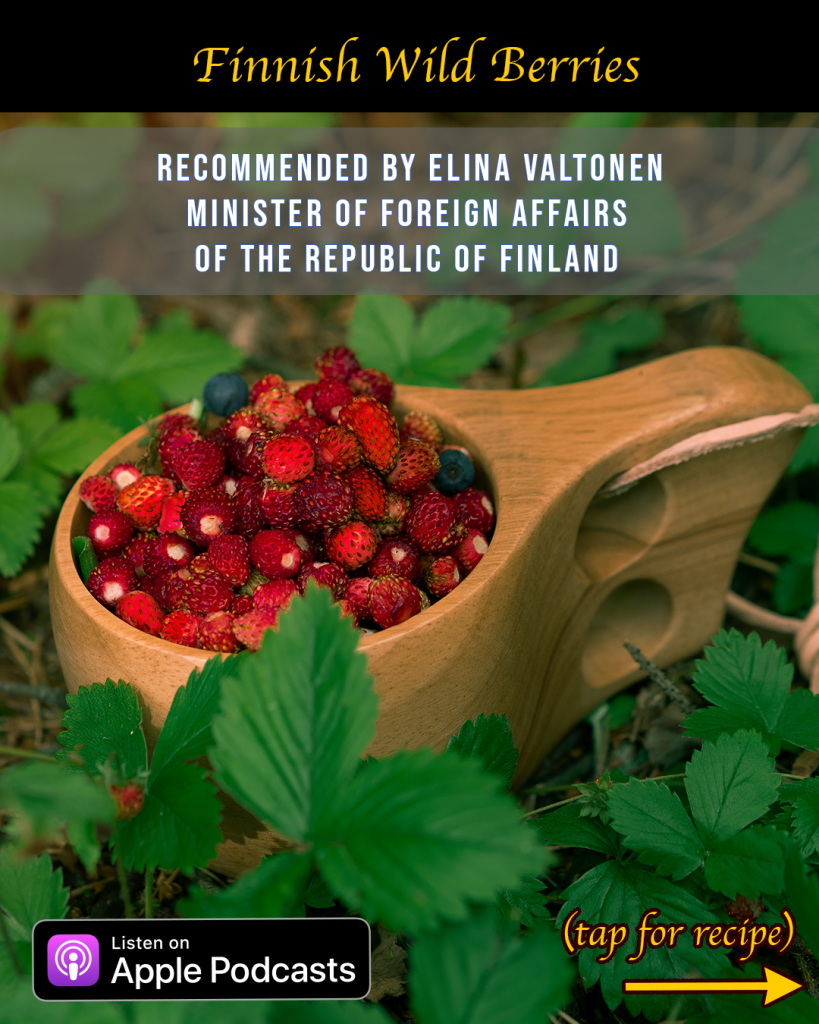
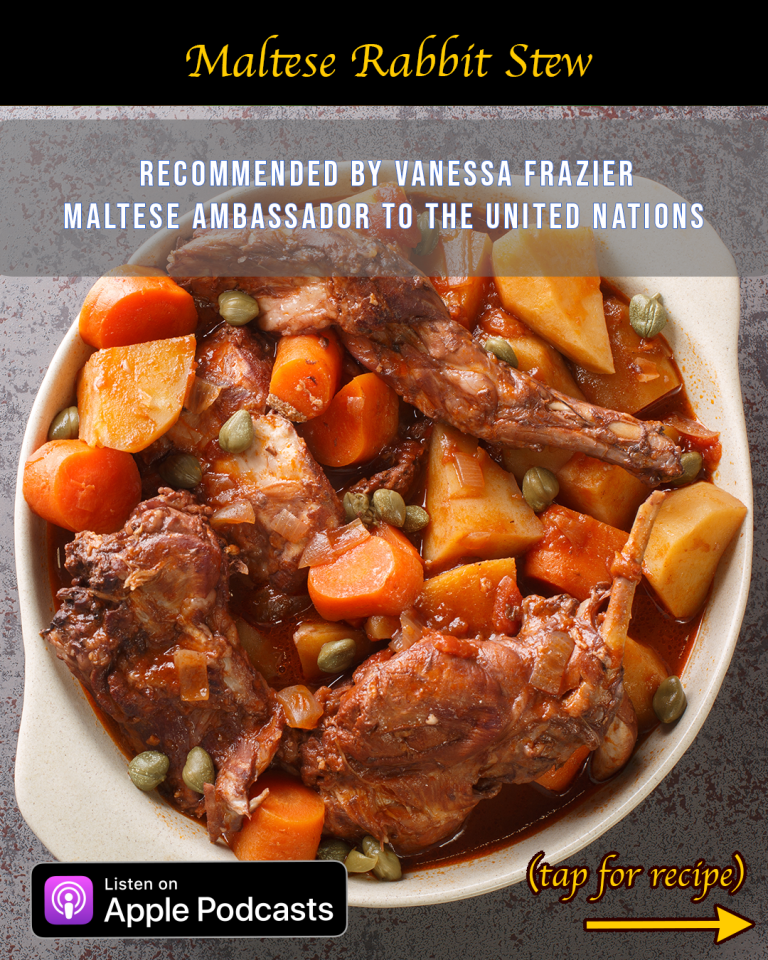
Ingredients 1 rabbit, cleaned and cut into pieces 1/4 cup of olive oil 1 large onion, chopped 3 cloves garlic, chopped ½ cup red wine 1 bay leaf 1 cube beef bouillon ¼ teaspoon ground nutmeg 2 tablespoons tomato paste ¼ teaspoon white sugar salt and pepper to taste 4 large potatoes, peeled and quartered 2 carrots, chopped ½ cup peas
Directions Step 1 Cook the rabbit in hot oil in a large saucepan. Add the chopped onion and garlic, stirring occasionally until the rabbit is brown. Step 2 Stir in the wine, bay leaf, beef bouillon, nutmeg, tomato paste, and sugar. Season with salt and pepper to taste. Step 3 Add the potatoes, carrots, and peas. Pour enough water over everything until covered. Step 4 Bring stew to a boil, then reduce heat and allow the stew to simmer until the potatoes are completely cooked through, about an hour. Step 5 Optional: Serve with fresh cooked pasta.
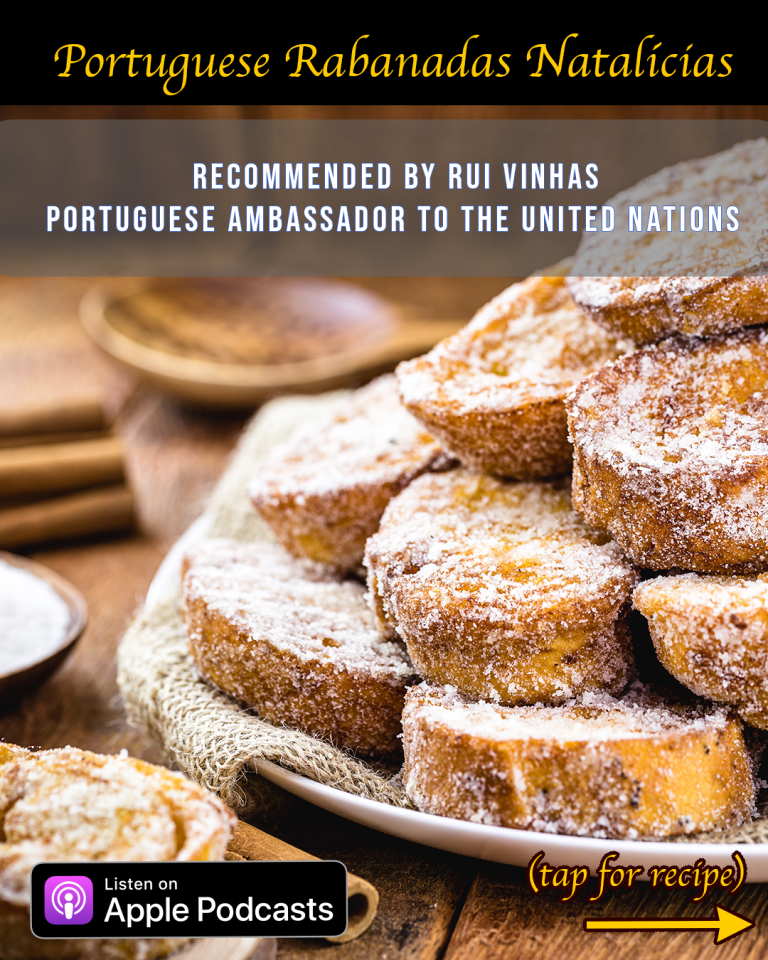
Rabanadas are a favorite in Portugal at Christmas time. Ingredients 1 cup sugar 2 tablespoons ground cinnamon 4 large eggs 2 cups of 2% milk Oil for frying 1 loaf of French bread, cut into 1-inch slices
Step 1 Mix sugar and cinnamon until blended. Separately, whisk eggs and milk. Dip both sides of the bread in the egg mixture. Step 2 Heat oil in a skillet. Working with a few slices at a time, remove bread from egg mixture, allowing excess to drain, and fry on each side until golden brown. Step 3 Dip warm rabanadas in cinnamon-sugar to coat all sides. Serve warm or at room temperature.


Raclette refers to both a type of Swiss cows-milk cheese and also the name of the grill that it is traditionally prepared on. This hard cheese melts to a golden liquid consistency. It can be heated in individual portions using a special raclette grill at the table or made in advance in an oven. To prepare in an oven, place sliced chunks of the cheese in a cast iron skillet and bake for five or ten minutes at 350° F (180° C). Ingredients 8 ounces of Raclette cheese per person
Directions Typically served with any combination of the following: Baby potatoes Baguette Pickles or cornichons Charcuterie Sliced apples Nuts
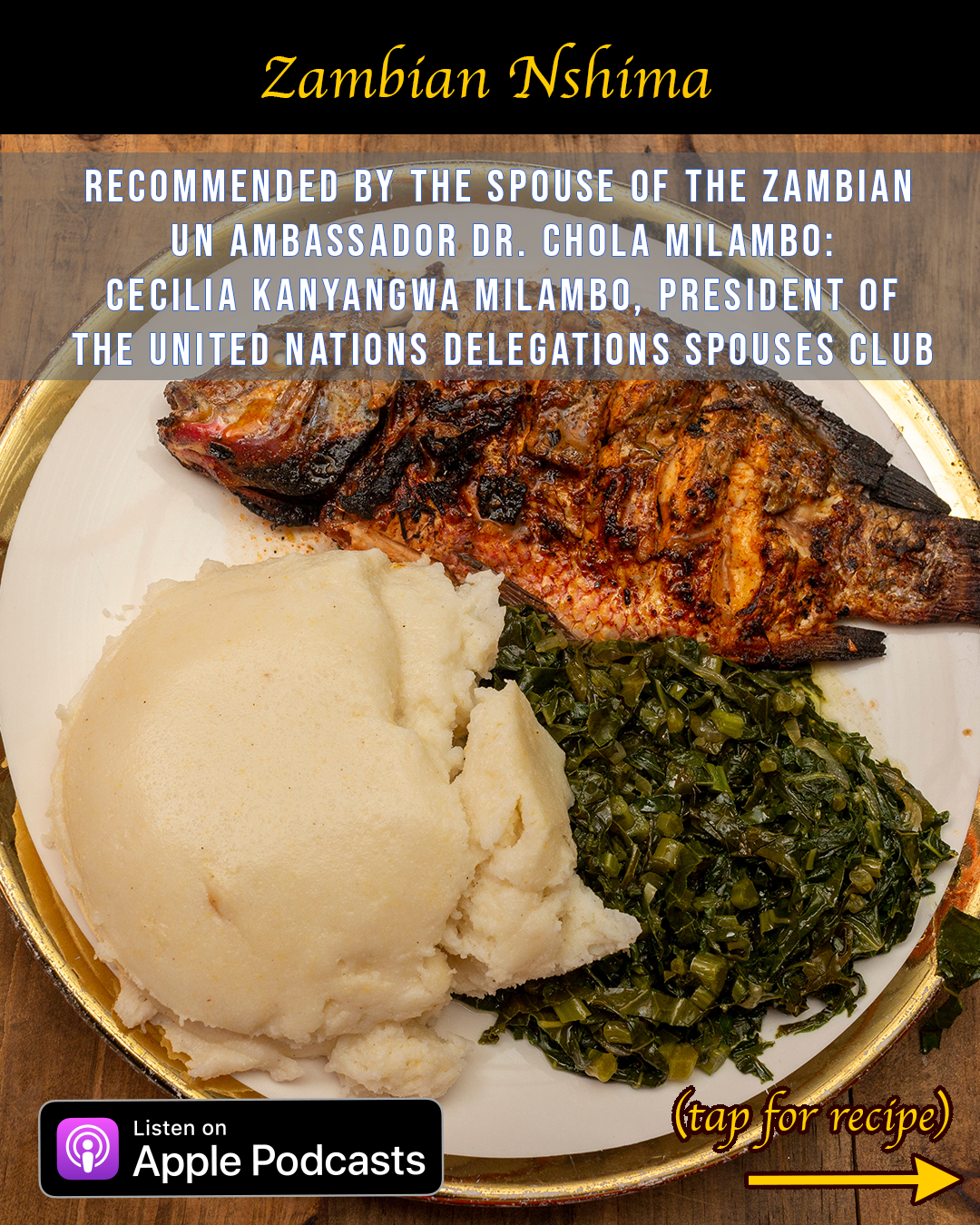
This is a staple dish consumed in many African countries, and the name of this cornmeal dish varies by region. It is called “Nshima” in Malawi and Zambia; “Ugali” in Kenya and Tanzania; and “Pap” in South Africa and Lesotho. Ingredients 1 cup of cornmeal per serving 2-1/2 cups of water per cup of cornmeal Salt to taste
Directions Step 1 Bring cold water to a boil. Step 2 Slowly add about half of the cornmeal one spoon at a time. Continue stirring until the water begins to boil. Reduce heat to medium and cook for a few minutes. Step 3 Add the remaining cornmeal as before. Continue stirring until there are no lumps and the mixture is thick and smooth. Step 4 Turn off the heat. Cover the pot and let stand for a few minutes.
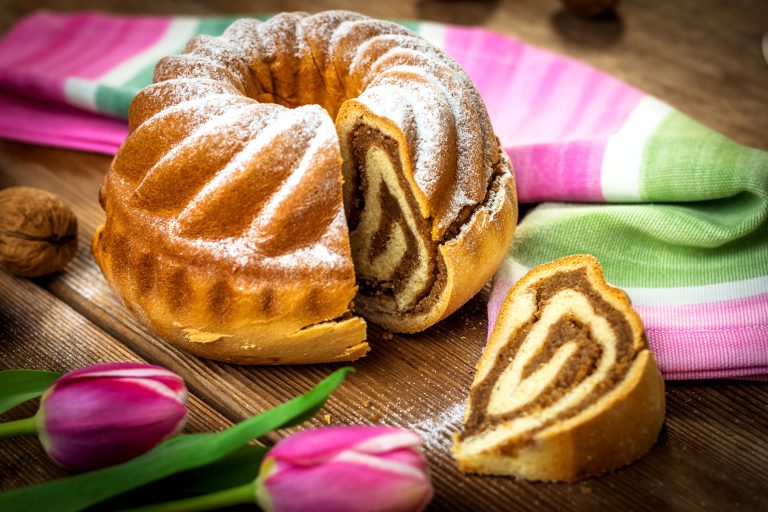
This dish was recommended by Slovenia to the United Nations